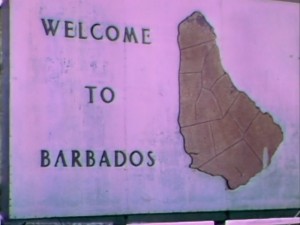
"Scenes from general life in Barbados." UC San Diego Library.
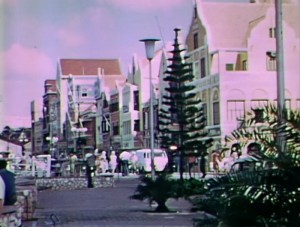
"Hansen gives to Curacao, a Caribbean territory of Netherlands, a visit. He films the industrial, residential, and commercial areas of Willemstad." UC San Diego Library.
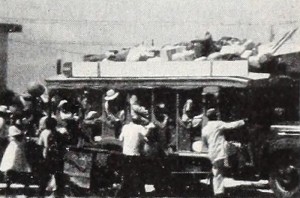
"Stanley Woolf's film tour of this fascinating island presents an entertaining record, in a pleasantly casual manner, of an American visitor's impressions of the Black Republic. The street scenes and detailed studies of its artisans at work provide engrossing fare, while the voodoo dances at the climax make an exciting film experience. Technically, Haiti — The Black Republic is a wise and workmanlike production. From the short period and superficial observations of a tourist's visit, one cannot, regrettably, ask for a great deal more. The haunting subject matter, however, prompts a fuller answer to such a demand — someday." Movie Makers, Dec. 1950, 467.
"Havana, 400 ft., 16 mm., made by Herman Danz, is outstanding among the recent travel and vacation films rather more for its photographic quality than for its continuity. The film presents Havana, its harbor, street scenes and architecture. Mr. Danz has avoided almost all of the amateur's pitfalls, for the film contains no instances of wobbly "pamming," [sic] jerky shots or unfortunate camera angles, encountered so often in films of foreign cities. Even more important, the treatment is impersonal throughout and purely intimate shots were either not taken or were edited out to be included in a family reel. Thus the film is the type that strangers and friends can enjoy as much as a professional treatment of the same subject. Filters used with panchromatic film brought out cloud formations hanging over the picturesque harbor and emphasized the colorful architectural detail of the buildings." Movie Makers, Dec. 1930, 758-759.
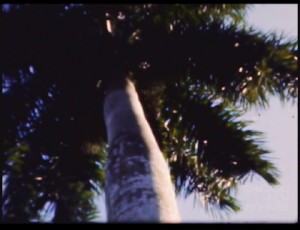
"A short travelogue film of Havana, Cuba shot for the Metro Movie Club, a Chicago amateur film club." Chicago Film Archives.
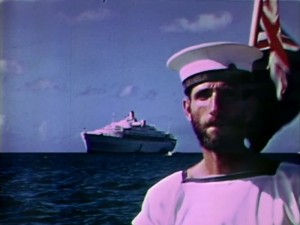
"Hansen visits a Caribbean French colony, popularly referred to as Martinique. Much like Hansen's previous travels, he focuses on the colorful and exotic landmarks of the island." UC San Diego Library.
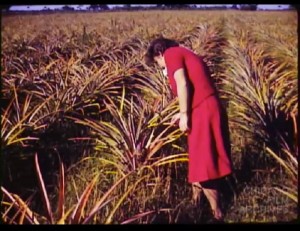
"2 part edited travelogue of the industries and everyday life in featured cities of Cuba. Part 1 begins in Havana before travelling to smaller cities, with a focus on buildings, crops and the everyday lives of the people. Part 2 primarily focuses on industry and includes scenes of a tile factory, basket weaving, as well as the farming of potatoes, sugar cane, bananas, and peanuts. The film also features historical monuments, boating, children at school, cock fights, vendors selling wares, and fishing. People demonstrate manual methods of labor like harvesting crops and cutting grass with machines lead by cattle." Chicago Film Archives.
"Item is a film production of Dr. Willinsky's trip to Trinidad with his wife, Sadie. Filmed in the form of a travelogue, Willinsky intersperses footage of landmarks and the local population with captions that provide information about the country and its culture. Included are shots of sites around Port-of-Spain, cathedrals, mosques, a cricket match, a cocao bean farm, and the local population carrying out their daily activities. Sadie is regularly spotted sight-seeing and interacting with locals." Ontario Jewish Archives.
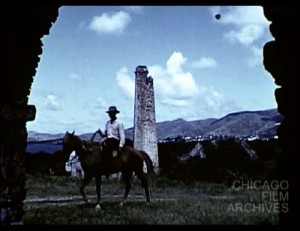
Travelogue exploring the history, sights, and people of the Virgin Islands.
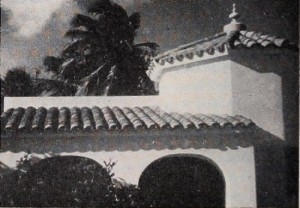
"There are clearly in Where the Americas Meet, by Esther and Morton H. Read, the same qualities which marked Holiday in Dixie, the award winning production made by Mr. Read last year. Here again is that intangible ability to evoke the feeling of past events, simply from pictures of their present landmarks. One can almost catch the glint of Spanish armor on ancient battlements, as Mr. Read's splendid cinematography and suave narrative study the fortresses of San Juan. Here again is that definite sense of research into the subject matter, before ever a foot of film has been exposed. Mr. Read piles detail upon detail with almost hypnotic elaboration, much in the manner of today's novelists in recreating the life of the Old South. If anything, the present film — like its predecessor — tells a tale too long, although speaking always with impeccable imagery and a wise use of words and music." Movie Makers, Dec. 1941, 567-568